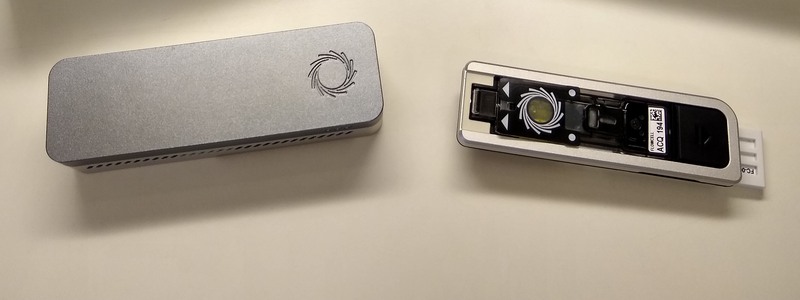Helena Enroth
School of Bioscience


Sequencing of genetic material by Sanger sequencing has been successfully used within molecular biology research for a long time. The rapid technological development of next generation sequencing (NGS) instruments has resulted in an explosion in detailed genomic exploration. The technology today is fast, cheap and generates large amounts of high quality sequence data.
NGS, Next Generation Sequencing, is a technology that revolutionized all areas of genetic research. The technology is based on massive parallel sequencing of genetic material, which means that it is possible to analyze a large number of samples at the same time.
Today, second and third generation instruments are used and there are businesses that offer this type of sequencing platforms. Second generation platforms are based on some kind of SBS-technology,”Sequencing-by-synthesis” where the enzyme DNA polymerase is used in the sequencing reaction, or sequencing by ligation where the sequencing reaction is performed by the enzyme DNA ligase.
These technologies and platforms produce many, but short, sequences that are used for bioinformatic analyses. Third generation sequencing technologies are based on single molecule sequencing. These technologies produce fewer, but longer, sequences for further analysis. Several companies offers these types of next generation sequencing platforms. The Systems biology research group, University of Skövde, have this technology available in the MinION/Flongle instrument from Oxford Nanopore Technologies.
These new sequencing devices generate large amounts of sequence data. This data requires bioinformatic analysis for quality control, corrections and interpretation. Data can be assembled into whole genomes and be compared to reference genomes, and important genes and gene mutations can be revealed. We in the Systems Biology research team explore the many softwares available today for NGS-analysis and the cloud-based services that offers automatic bioinformatics analyses of sequence data.
The infection biology research group have several ongoing research projects within NGS, for example whole genome sequencing of bacterial isolates to study microbial biodiversity.
Today, with the use of single cell sequencing, there is a possibility to study individual cells in a sample. This type of data is analyzed in collaboration with University of Gothenburg to identify cell populations that can cause rheumatoid arthritis.

School of Bioscience